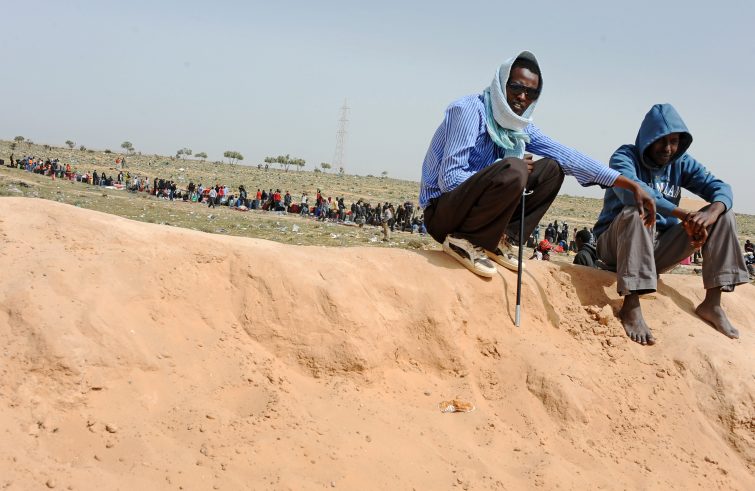
The “highest number on record.” Nearly double the 2010 number of 41 million. These numbers have the face of suffering women, men and children. At the end of 2019 there were 79.5 million people forcibly displaced worldwide, 30-34 million of whom were minors, tens of thousands unaccompanied. 4% are aged 60 years or over. Two thirds of these 79.5 million people fled from five countries: Syria, Venezuela, Afghanistan, South Sudan and Myanmar. The figures were released today by UNHCR (United Nations High Commissioner for Refugees) annual Global Trends report, two days before World Refugee Day, 20 June. Forced displacement now affects more than 1% of the world’s population – 1 in 97 people – while ever decreasing numbers managed to return to their home countries.
 Only 385,000 people were able to return to their place of residence each year. In the 1990s, an average of 1.5 million refugees succeeded in returning home every year. However, in the last decade this figure has dropped to about 385,000, on average. Of those 79.5 million people displaced in 2019,
Only 385,000 people were able to return to their place of residence each year. In the 1990s, an average of 1.5 million refugees succeeded in returning home every year. However, in the last decade this figure has dropped to about 385,000, on average. Of those 79.5 million people displaced in 2019,
45,7 million were internally displaced.
The remaining total comprised people seeking refuge across their national borders, 4.2 million of whom were awaiting the response to their asylum applications, with 29.6 million including refugees (26 million) and other people displaced abroad. The annual increase from the 2018 number of 70.8 million is the result of the
new crises in the Democratic Republic of Congo, the Sahel region, Yemen and Syria
(13.2 million, including 6.6 million refugees and more than six million internally displaced people), and improved mapping of Venezuelans’ situation outside their home country.
Eight in 10 refugees lived in developing countries. Eighty per cent of the world’s displaced population were residing in countries or territories with the highest level of acute food insecurity and malnutrition – many of which endangered by climate change and natural disasters. More than three-quarters of the world’ s displaced population ( 77 %) fled from long-lasting conflict regions such as Afghanistan. More than eight out of 10 refugees (85 %) lived in developing countries, usually in countries neighbouring their countries of origin. “We are witnessing a changed reality in that forced displacement nowadays is not only vastly more widespread but is simply no longer a short-term and temporary phenomenon”, said Filippo Grandi, UN High Commissioner for Refugees: “We need a fundamentally new and more accepting attitude towards all who flee, coupled with a much more determined drive to unlock conflicts that go on for years and that are at the root of such immense suffering.”












